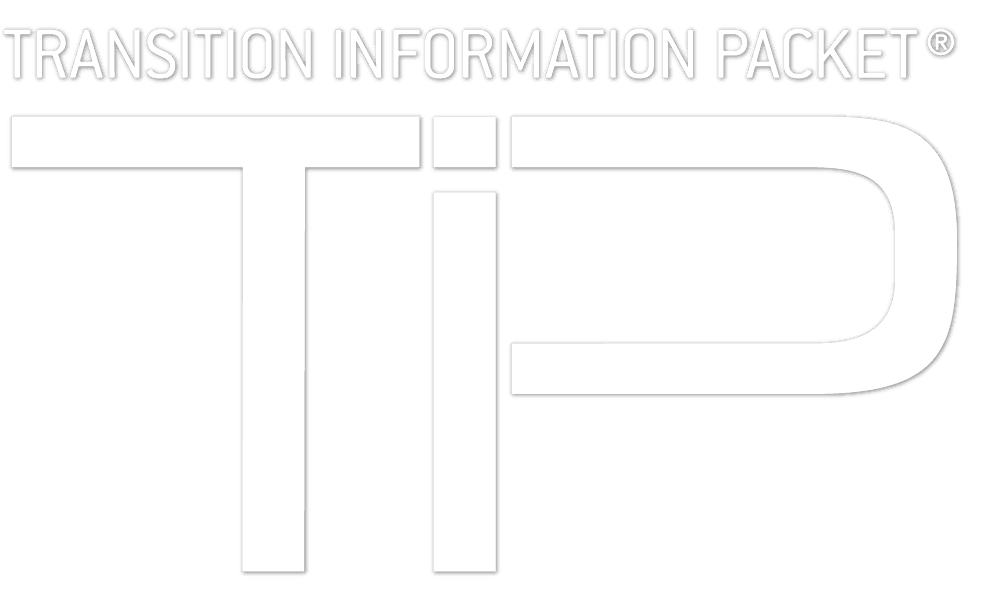As recently as a decade or two ago, the concept of artificial intelligence (AI) becoming a part of our everyday lives seemed like a bit of a stretch to the average person, however, today many of us use it to accomplish everyday tasks. Whether its Siri answering your questions, Netflix recommending what to watch, or Nest knowing just how warm you like your house, AI has become a part of our lives.
To quantify this, MarketsandMarkets reports that the artificial intelligence market was valued at $21.5 billion in 2018 and is expected to reach $190.6 billion by 2025, at a compound annual growth rate (CAGR) of 36.6%. This growth is largely driven by the increasing adoption of cloud-based applications and services, and an increase in demand for intelligent virtual assistants. Whereas the major restraint for the market is surprisingly human, the limited number of AI technology experts is seen as a major restraint. Furthermore, concerns regarding data privacy and the unreliability of AI algorithms are also seen as pain points within the market. Underlying opportunities in the artificial intelligence market include improving operational efficiency in the manufacturing industry and the adoption of AI to improve customer service.
While we see the use of AI growing in our daily lives, the manufacturing industry is expected to grow at the highest CAGR – AI-based solutions are adopted in manufacturing facilities to improve the productivity by maximizing asset utilization, minimizing downtime, and improving machine efficiency. The enabling concepts of deep learning, natural language processing, context awareness, and computer vision are the major technologies used for data mining, image analysis, signal analysis, decision-making, and execution. Frost & Sullivan also points to the evolution of AI as the industry has shifted away from developing intelligent devices to addressing the next goal of developing AI solutions that can learn from data, just as humans do. In November 2019 the Department of Energy announced $15 Million for Development of Artificial Intelligence and Machine Learning Tools. The major players in this market include Intel (US), NVIDIA (US), Xilinx (US), Samsung (South Korea), Facebook (US), Micron(US), IBM (US), Google (US), Microsoft (US), and AWS (US).
Healthcare is another vertical that is rapidly adopting and seeing the benefits of AI, Frost & Sullivan expects AI and cognitive computing to generate savings of over $150 billion for the healthcare industry by 2025. Analysts see automated disease prediction, personalization of treatment pathways, intuitive claims management, and real-time supply chain management, as potential benefits of AI. However, the uptake in healthcare IT tends to be slow.
In early 2019 the Defense Department (DoD) launched its American Artificial Intelligence Strategy in conjunction with an Executive Order from the White House. The Joint Artificial Intelligence Center (JAIC) is the DoD’s Artificial Intelligence (AI) Center of Excellence that integrates technology development, policy, knowledge, processes and relationships to ensure growth in this area. According to MarketsandMarkets, AI in the military market was valued at $5.54 billion in 2016 and is projected to reach $18.82 billion by 2025, at a CAGR of 14.75% during the forecast period. Within the defense sector, AI is able to handle massive amounts of military data in a more efficient manner as compared to conventional systems. Analysts note that this improves the self-control, self-regulation, and self-actuation abilities of combat systems, using inherent computing and decision-making capabilities. Additionally, increases in funding from military research agencies and a rise in R&D activities to develop advanced AI systems are major driving factors in the adoption of AI systems in the military sector. Based on application, artificial intelligence in military market has been classified into information processing, warfare platforms, threat monitoring & situational awareness, planning & allocation, cyber security, simulation & training, logistics & transportation, target recognition, battlefield healthcare, and others (NBC scenario monitoring and fire monitoring). However, the unreliability of AI algorithms and unavailability of structured data are key challenges to the growth of the artificial intelligence in military market.
Key players operating in the artificial intelligence in military market range from defense contractors to software firms, including: Lockheed Martin (US), Raytheon (US), IBM (US), BAE Systems (UK), Thales Group (France), NVIDIA (US), Leidos (US), SAIC (US), Northrop Grumman (US), SparkCognition (US), Harris Corporation (US), General Dynamics (US), and Charles River Analytics (US).
Interested in learning more? Try attending an AI conference or event in 2020!



